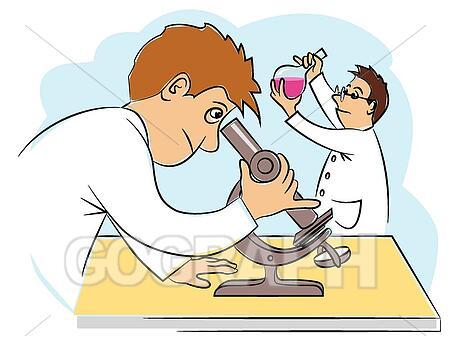How Scientists Investigate?
Posted on January 12, 2022 • 4 minutes • 649 words
One might wonder how accurate scientists are. While there is an article in the newspaper on Monday that “Coffee May Help you Live Longer, Study Finds”, there is another article on Tuesday that “Too much Caffeine May Stress the Heart”. How could one then understand the truth? Before asking this, one must ask if scientists are really seeing the whole picture.
Let’s remind ourselves of the parable of the Blind Men and an Elephant. When Blind men try to conceptualize an elephant, the man trying to understand the leg of an elephant would visualize a big round pillar, and the man trying to visualize the ear of the elephant pictures it as large fan, and the trunk can be seen as a large snake.
We know that Science is more complicated than the morphology of an elephant. Scientists too explore the subject in the same way. They try to focus on one small bit and get a better clarity on it and doing this is totally fine for them. Scientists know that picturing each individual fragments and joining the pieces can help them solve the puzzle.
Let’s look at a small puzzle now. I have made some data for visualization. Here are results published by four different scientific labs: Come and see the whole picture with me.

Each Laboratory is working on different ranges of numbers: (1-12), (13-24), (25-36) and (37-47). Look closely to find some trend. One can say looking at lab 1 and 2 that the trend is going up, and by looking at lab 3 and 4 that the trend is going down. But how confident can one be. Here comes statistics. Let’s assume that the researchers are confident about their findings after applying some relevant statistical tools. Now, it’s time to integrate the information.

This is what I obtained after integrating the information. This is popularly called as the “Growth curve”. Life takes time to adjust, grow rapidly, and reaches the carrying capacity of nature. Then life competes within itself, Natural resources are depleted and decline begins. BUT WAIT!!
Did we really see the whole picture?? There can be a lot of error in our understanding. Look at this.

What do you think now? The graph on the right is a “Normal distribution”. This is how majority of the trends you see in nature look. Do you think what these Scientists found was a Normal distribution, and majority of it was error?? We really can’t say.
Ian Malcolm said this in Jurassic Park: “If I may… Um, I’ll tell you the problem with the scientific power that you’re using here, it didn’t require any discipline to attain it. You read what others had done and you took the next step. You didn’t earn the knowledge for yourselves, so you don’t take any responsibility for it. You stood on the shoulders of geniuses to accomplish something as fast as you could, and before you even knew what you had, you patented it, and packaged it, and slapped it on a plastic lunchbox…….” We don’t really know how many scientists worked in each lab to get the data they found. But I vote for scientists because they make sure their work is reproducible. You get the same results when you repeat the experiments.
Scientists publish their findings (the small pieces) and others can verify them. Filling of the pieces is done by a literature review. It is important for the reviewer to get all the pieces to understand the full picture. And scientists pretty well know that the pieces to be joined are infinite. Therefore, necessities for assumptions arise. Often these assumptions on micro knowledge can misguide us. This might cloud our knowledge on the overall understanding and may be getting us to the wrong picture. But we don’t really know the error rate by our assumption. For, we don’t know how big the picture could be.
